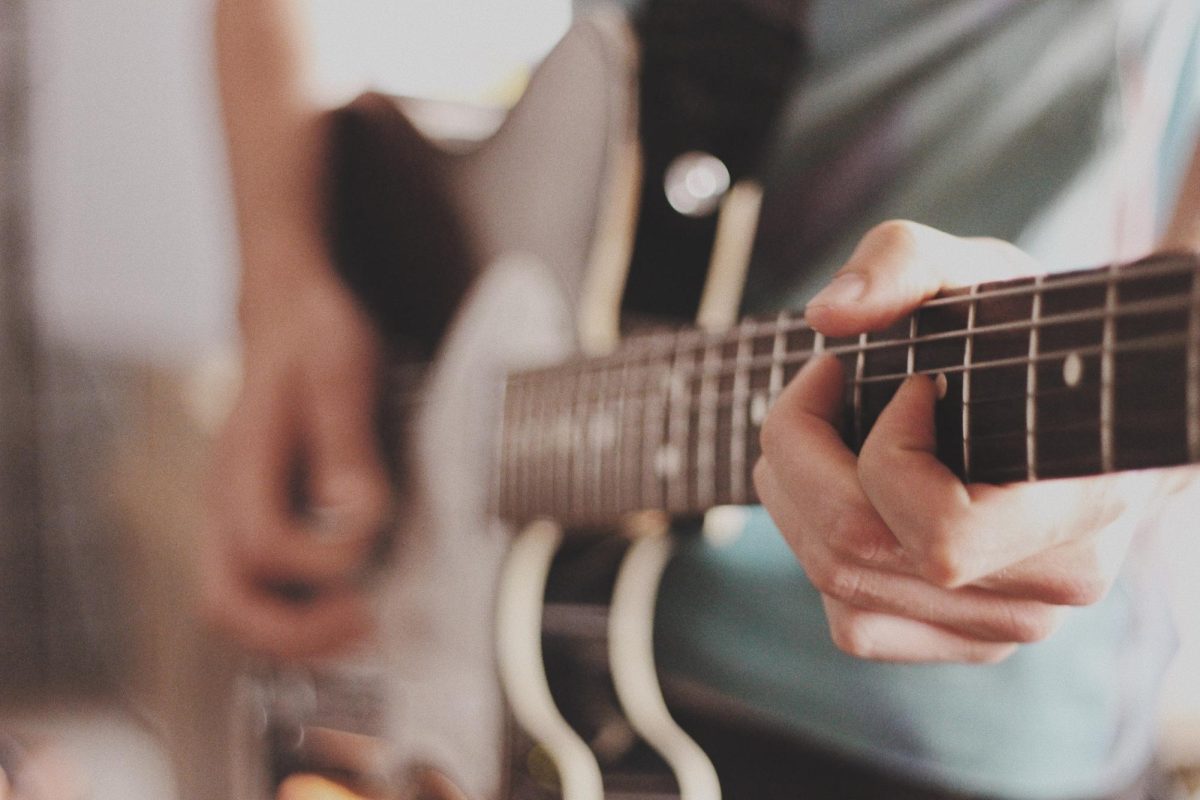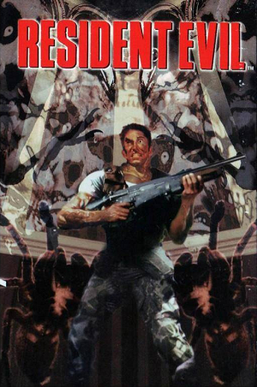Guitars are one of the fundamental instruments in any genre, and are the most versatile with their sounds varying through every genre. Guitarists mainly tend to play the melody in most songs, shaping and defining the sound of the music as it goes while the bassist and drums build the rhythm and the tempo for the guitarist. The tone of guitar in different genres are very different depending on the style of music you’re playing, some guitar styles are more distorted while others are more clean. Many different guitarists today were influenced by the numerous different styles of guitar playing that they listened to today. Here are the most popular styles.
Metal: Heavy metal music is known for its intense, powerful, and crushing guitar style. This genre of playing, which emerged in the late 1960s and rose to fame in the 1970s, has been defined by its distorted guitars, pounding drums, and high-pitched vocals. Many songs have elaborate guitar solos and difficult techniques to master. One technique is palm muting, in which a guitarist lightly touches the string next to the bridge with the palm of their right hand. Palm muting keeps the guitar in metal music from ringing which changes the sound of some or all notes and power chords in a solo/solo to thicker, short-ringing and overall different shade. Overall, heavy metal’s unique fusion of guitar-driven aggression, technical excellence, and emotional vocals has solidified its enduring place in the world of music. Captivating legions of devoted fans worldwide.
“I always grew up listening to metal junior Ray Solorzeno said. My brother had his own band so I would always listen to them play until my brother eventually gifted me my own guitar when I was 7 years old.” “There are two playing styles for guitar stupid playing or technical playing, metal has a lot of both which made me interested in piecing songs together and realizing that it made those solos amazing. The heaviness from all the instruments including the vocals that come from metal is really what touched me at the beginning. My goal as a guitarist is to get famous. I told my friend that I’m gonna start a band and if that doesn’t work then I’m going to start another one and if that doesn’t work I’m just gonna keep on going until I reach my goal.”
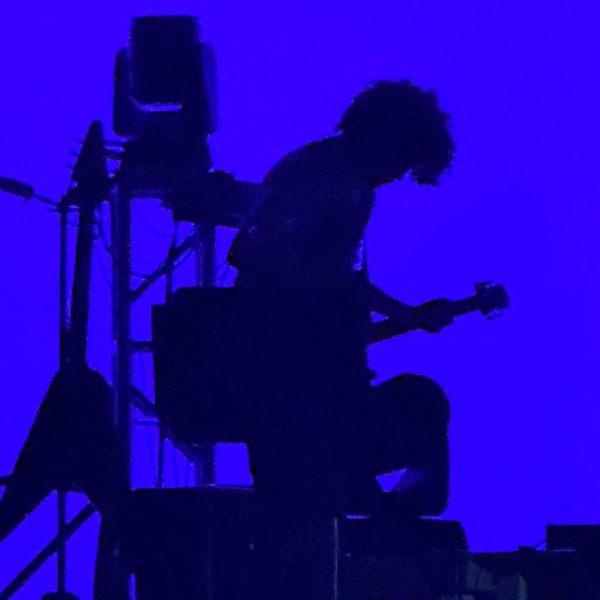
R&B: In R&B music, the guitar serves an all round role, contributing to the genre’s character. It often forms a rhythmic backbone with stable chords and soulful progressions, while providing harmonic depth with extended chord notes. R&B has evolved, and so has its guitar’s role. From Motown’s unique arrangements to the funk driven grooves of the 1970s and 1980s, and the neo-soul movement of the 1990s and 2000s, the guitar adapted and thrived. In modern R&B, the guitar can also venture into fusion with other genres, expanding its sonic possibilities. Iconic guitarists like Jimi Hendrix and Prince have left permanent marks on R&B, shaping its unique guitar-driven sound.
“I love how chill R&B is,” junior Daniel Velazquez said. “Listening to it in the car late at night or just laying down at home is one of my favorite things to do. It’s my go to genre when it comes to music, it makes me more calm and chill as a person. RnB has taught me that chords are everything. In RnB songs, the guitar mainly plays chords so I got used to it and now it’s like a habit for me. When it comes to chord names I really don’t remember them, I just know their sounds and play them just like that. I like to listen to the instrumentals in RnB because of the variety that they can have. R&B is a very wide genre so there are many different factors when trying to find out what you like. I also pay attention to the beat when listening to R&B because if the beat isn’t good I know that I won’t like the whole song. The person who has been my biggest inspiration would be Ray. He was the one who got me into this music stuff, if it wasn’t for him I don’t think I would’ve picked up the instrument at all. My grandpa was my biggest supporter in my family when I told him I was trying to get into guitar. He was the one who helped me get my equipment and was the one who showed me all the different bands in the 80s. He really wanted me to be passionate about it. Which now I am!”
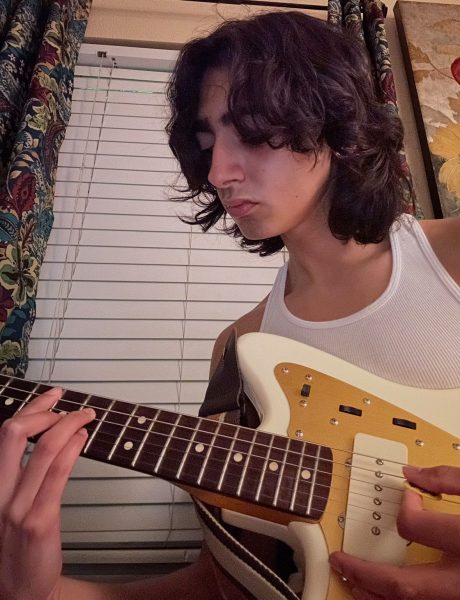
Rock: The flashy and electrifying tone of the rock guitar is integral to the sound of rock music as a whole. Rock guitarists create catchy riffs, iconic power chords, and soulful solos, often using various effects pedals to shape their sound. Legendary guitarists like Eric Clapton and Eddie Van Halen left a significant mark on the genre, pushing the limits of the instrument’s possibilities. Jimi Hendrix, arguably known as the best guitarist in time, changed music overall by showing the world the many possibilities of the electric guitar in today’s music. From bluesy rock to crushing heavy rock, rock music encompasses a variety of styles, each with a unique approach to guitar playing. Whether it’s innovative techniques, experimentation or collaborative two-guitar harmonies, the guitar side of rock music remains a symbol of artistic expression and an important part of its identity.
“When you play rock music it gives you a certain type of energy,” junior Anasofia Ramirez said. “You tend to get lost in it and kind of have fun with the music just play. With rock, you can experiment with a lot of different things in guitar and add a lot of different instruments with it. You can add violins or other instruments which feels nice in a sense. I started when I was in the 5th grade, I remember watching the movie ‘Coco’ and I really liked Miguel’s playing, so I begged my parents to get me a guitar. After they got me one, I left it alone for two years because I didn’t have a teacher, until my aunt recommended a friend who was giving out lessons. I went to see him, and I have been playing ever since. My teacher was the main one who taught me how to play rock. One of the first things he taught me was scales, chords and mainly basic music theory. Then I started building up and started learning songs I liked and even making my own songs. There’s always more things to learn when learning guitar, and my teacher has taught me that, after learning the basics of music theory he started to teach me more complex music theory which is hard to understand. I feel like I’ve come a long way from where I started with my teacher.”
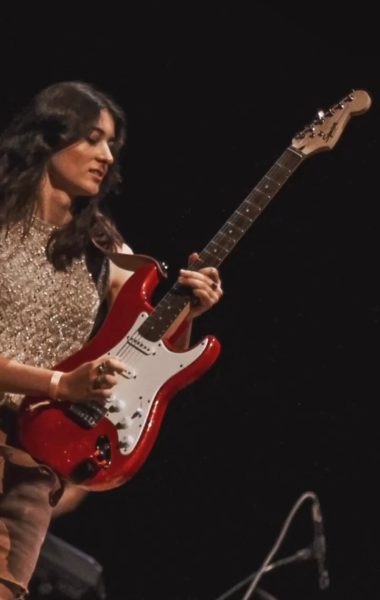
Jazz: In jazz music, the guitar plays an important role in creating harmonies with complex chord sounds and substitutions. Jazz guitarists are known for their spontaneous playing skills, individual note lines, and solos within the harmonic structure of a song. They use fingerstyle techniques for precise delivery and often choose hollow or semi-hollow guitars. While jazz guitarists generally maintain a clean sound, they can use subtle effects like reverb and delay to enhance their creativity. Legendary jazz guitarists such as Django Reinhardt, Charlie Christian, Wes Montgomery and Joe Pass made significant contributions to this expressive and influential genre.
“I like that when you’re playing jazz it has a swinging feeling to it.” senior Landon Auchter said. “The crazy part is that you would have notes on the page but you would barely look at half of them making it more of a freestyle. It was a very different genre for me. I didn’t like it to begin with because it was very different from what I listened to, but after a while it ended up growing on me the more I actually listened to it. When I joined the jazz band in high school, my director Mr. Burke would give us jazz recommendations which really got more into jazz and influenced me to try playing it on my own. If you want to get into jazz, you need to listen to it and really get an idea of what is happening and train your ear. I definitely think jazz has made me better as a musician. Being in the jazz ensemble, I needed to have the ears to listen because again not everything is on the note page. I really had to link my brain with the other musicians to have that certain feeling binding the two together, which made me the musician I am today.”
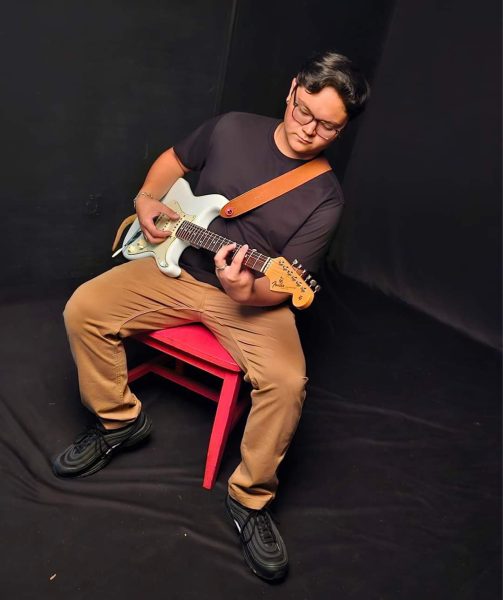
Even though some genres may have their own special styles of guitar playing, many guitarists take those special styles and experiment with them, creating their own way of playing. Many aspiring guitarists learn from unfamiliar genres and apply what they learn into their playstyle, creating their own special niche. The use of guitar in music has a unique place that touches the hearts of many people and inspires musicians to pick up their guitar and start strumming away.
